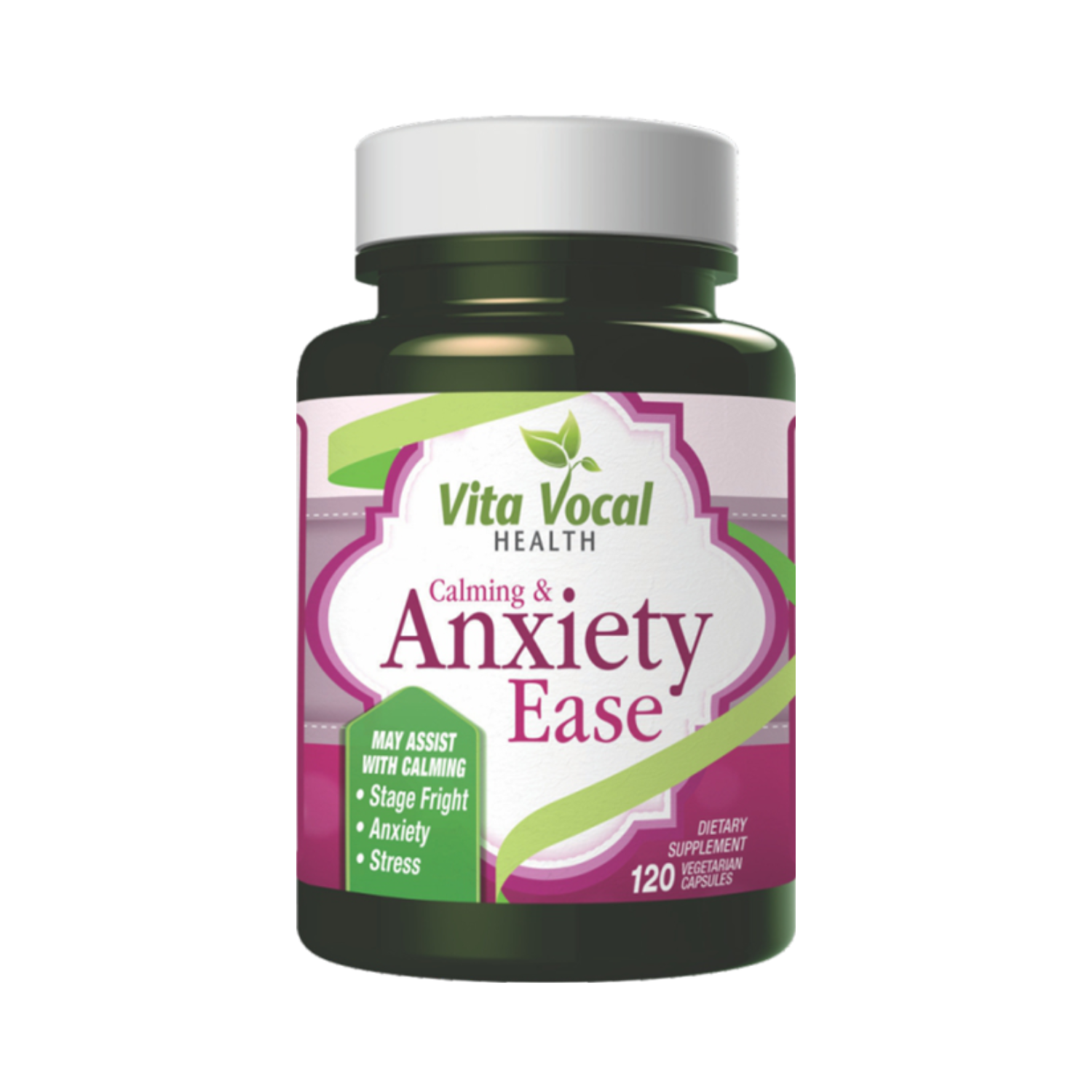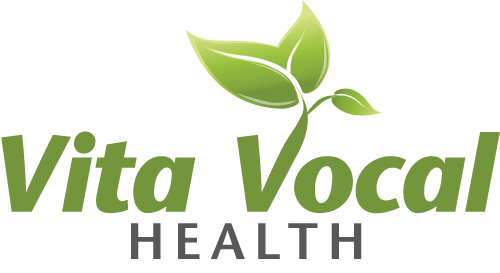Ingredients for Best Vitamins and Supplements
Ingredients are the building blocks of the best vitamins and supplements, crucial for enhancing health and well-being. Sourced from natural elements like plants, fruits, and minerals, these ingredients for Best Vitamins and Supplements offer a wealth of essential nutrients. Whether it's vitamin C for immune support, calcium for strong bones, or herbal extracts for holistic wellness, the right ingredients can make a significant difference. Combining science and nature, these formulations aim to fill nutritional gaps, improve overall health, and support specific health goals. At Vita Vocal we made these supplements to individual needs for maximum benefit.
Common Ingredients for Best Vitamins and Supplements
American Ginseng Root
American ginseng is an herb an ingredient for best vitamins and supplements. The root is used to make medicine.
American ginseng is used for stress, to boost the immune system, and as a general tonic and stimulant.
American ginseng is often used to fight infections such as colds and flu. There is some evidence that it might help prevent colds and flu and make symptoms milder when infections do occur.
Osha Root
Osha is a plant an ingredient for best vitamins and supplements. Historically, the root has been used as medicine by Native American and Hispanic cultures. Osha grows at higher elevations in the western US and is difficult to cultivate.
Today, osha is used for sore throat, bronchitis, cough, common cold, influenza, swine flu, and pneumonia.
Vitamin B12
Vitamin B12 is required for the proper function and development of the brain, nerves, blood cells, and many other parts of the body.
Vitamin B12 is needed to convert carbohydrates into glucose in the body, thus leading to energy production and a decrease in fatigue and lethargy in the body.
Echinacea Angustofolia
Echinacea was commonly used by Native Americans for hundreds of years for its a natural ingredient for best vitamins and supplements. Echinacea is especially effective for combating infections of the respiratory tracts such as sinusitis, laryngitis, colds… and for protecting the lungs from external attack (pollution, tobacco smoke…).
Slippery Elm Bark
Slippery elm is an ingredient for best vitamins and supplements used for coughs, sore throat, colic, diarrhea, constipation, hemorrhoids, IBS, infections, syphilis and for expelling tapeworms. It is also used for protecting against stomach and duodenal ulcers, for colitis, diverticulitis, GI inflammation, and too much stomach acid.
Slippery elm contains mucilage, a substance that becomes a slick gel when mixed with water. It coats and soothes the mouth, throat, stomach, and intestines. It also contains antioxidants that help relieve inflammatory bowel conditions. Slippery elm also causes reflux stimulation of nerve endings in the gastrointestinal tract leading to increased mucus secretion. It not only has a most soothing and healing action on all the parts it comes in contact with, but in addition possesses as much nutrition as is contained in oatmeal
 Licorice Root
Licorice Root
Licorice is a plant. You are probably most familiar with it as a flavoring in foods, beverages, and tobacco. The root is used to make medicine for its a natural ingredient for best vitamins and supplements.
Licorice is used for various digestive system complaints including stomach ulcers, heartburn, colic, and ongoing inflammation of the lining of the stomach (chronic gastritis).
Some people use licorice for sore throat, bronchitis, cough, and infections caused by bacteria or viruses.
Licorice eases congestion and coughing by helping to loosen and thin mucus in airways; this makes a cough more “productive,” bringing up phlegm and other mucus bits. Licorice also helps to relax bronchial spasms. The herb also soothes soreness in the throat and fights viruses that cause respiratory illnesses and an overproduction of mucus.
Hundreds of potentially healing substances have been identified in licorice as well.
 Chamomile
Chamomile
Extensive scientific research over the past 20 years has confirmed many of the traditional uses for the Chamomile plant for ita natural ingredient for best vitamins and supplements and established pharmacological mechanisms for the plant’s therapeutic activity, including antipeptic, antispasmodic, antipyretic, antibacterial, antifungal, and anti-allergenic activity.
Recent and on-going research has identified chamomile’s specific anti-inflammatory, anti-bacterial, muscle relaxant, antispasmodic, anti-allergenic and sedative properties, validating its long-held reputation. This attention appears to have increased the popularity of the herb and nowadays Chamomile is included as a drug in the pharmacopoeia of 26 countries.
Eucalyptus Globulus Leaf
Eucalyptus is a tree. The dried leaves and oil are used to make medicine. Eucalyptus is used medicinally for many purposes.
Eucalyptus leaf is used for infections, fever and to help loosen coughs. The leaf is also used for treating respiratory tract infections, whooping cough, asthma, pulmonary tuberculosis and many more illnesses.
It is also used as an expectorant to loosen coughs, antiseptic, fever reducer, and in vaporizer fluids.
Wild Cherry
Wild cherry is used for colds, whooping cough, bronchitis and other lung problems and contains chemicals that might help reduce inflammation. It is also used in cough syrups because of its expectorant and cough-suppressing effects.
Wild cherry coats irritated respiratory tissue making it easier for the fine hairs of the respiratory system, known as cilia, to move thinner secretions out of the lungs and bronchial tubes..

